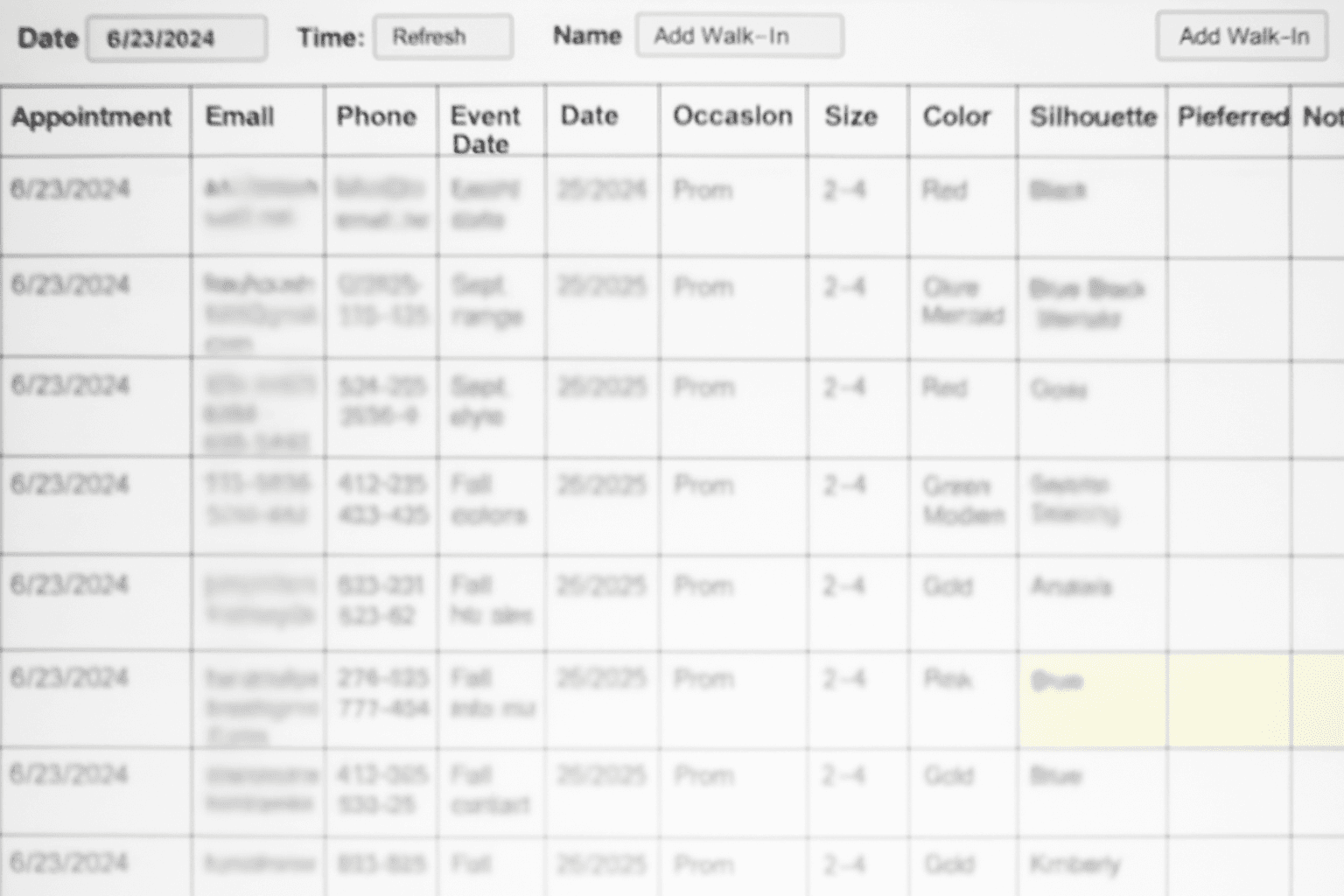Measurability – Case Study
33% Increase in Average Sale Through Trackable Sales Feedback System
A dress boutique lacked a formal system to track performance, customer preferences, or sales follow-up. Stylists operated in isolation, making it hard to build on success or fix gaps in the sales process.

PROBLEM
PROBLEM
DISCOVERY
SOLUTION
SOLUTION
IMPLEMENTATION
IMPLEMENTATION





